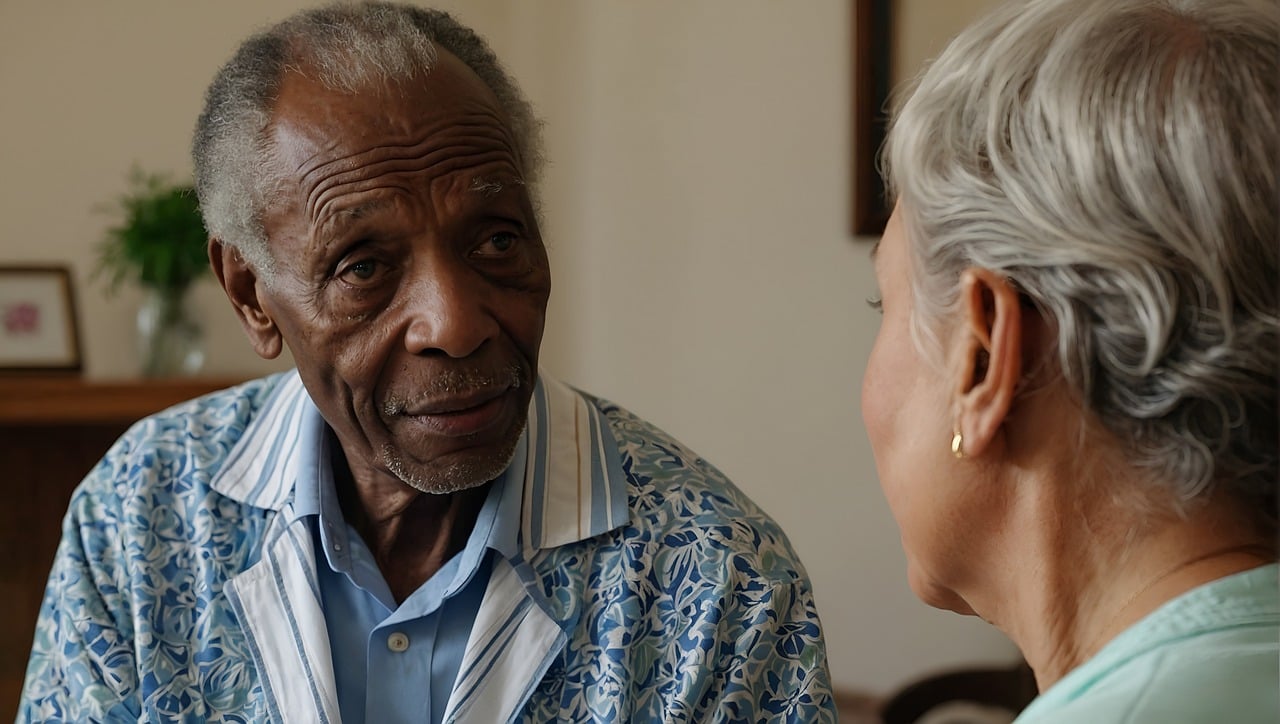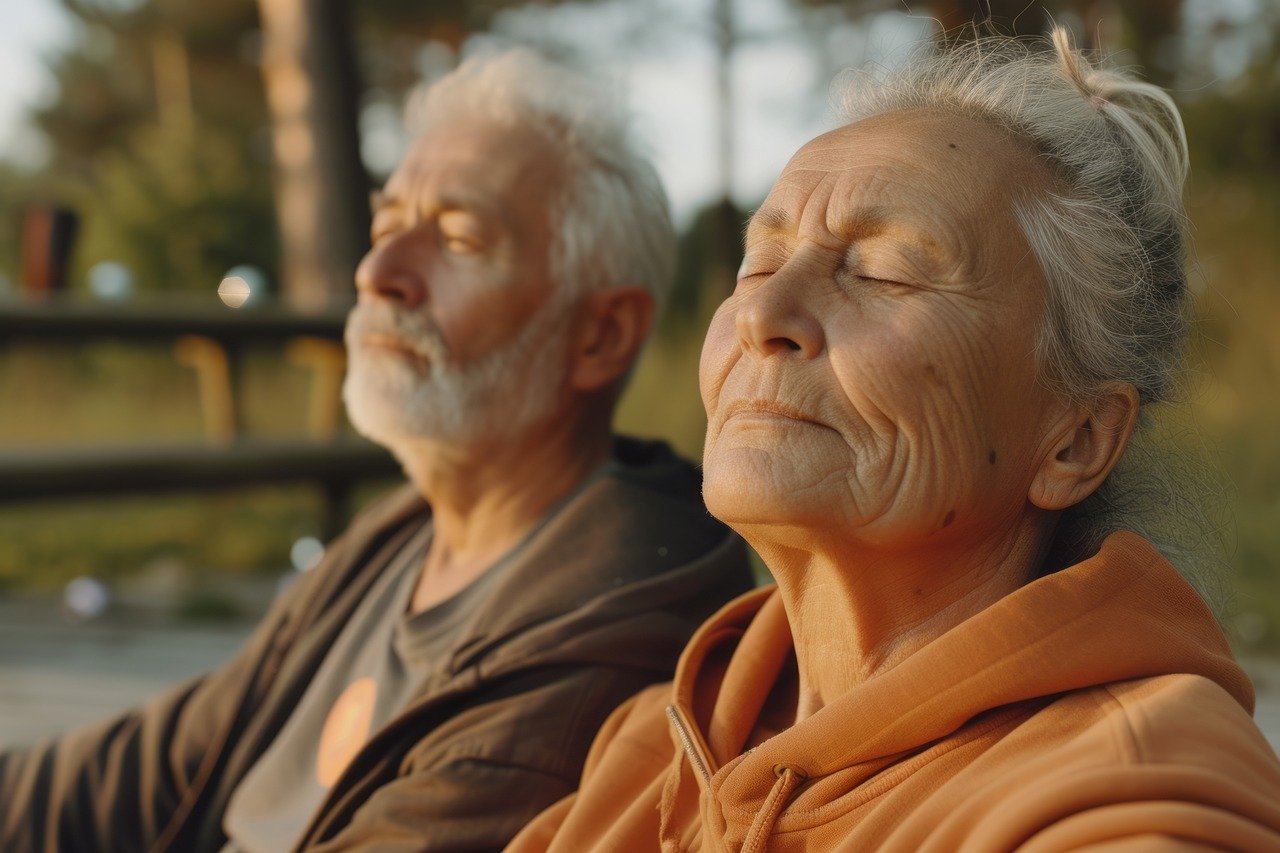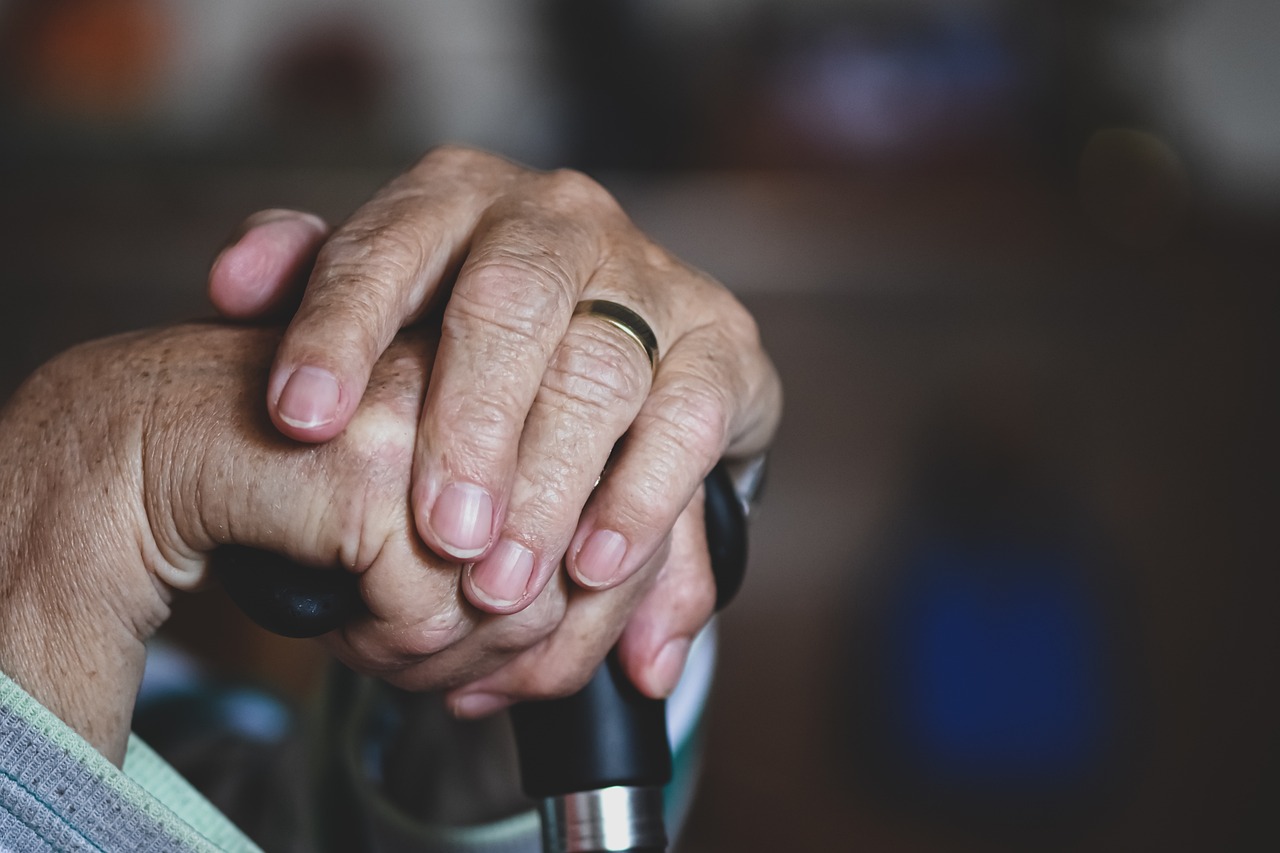Geriatric Care OT

Unlocking Independence: The Role of Geriatric OT
Introduction to Geriatric Occupational Therapy (OT)
In the journey of aging, maintaining independence and quality of life becomes a paramount concern for the elderly and their families. Geriatric occupational therapy (OT) offers a beacon of hope, providing tailored interventions that empower older adults to navigate their daily lives with confidence and dignity. But what exactly is geriatric OT, and how does it make such a profound impact?
Importance of OT in Enhancing Quality of Life for the Older Adult
The primary goal of geriatric Occupational Therapy is to enhance the quality of life for seniors by enabling them to perform activities of daily living (ADLs) and instrumental activities of daily living (IADLs) effectively. This involves a holistic approach, addressing not only physical limitations but also cognitive, emotional, and social aspects. By doing so, geriatric OT helps reduce the risk of falls, improve mental health, increase strength, range of motion, balance, gross and fine motor coordination, reduce the risk cognitive decline and social isolation while fostering a sense of purpose and belonging.

Specific OT Techniques and Interventions for Geriatric Care
Geriatric Occupational Therapy employs a variety of techniques and interventions to cater to the unique needs of older adults. Some of the key methods include:
- Adaptive Equipment Training: Teaching seniors how to use tools like grab bars, walkers, and adaptive utensils to facilitate independence.
- Fall Prevention Strategies: Implementing balance exercises including fall recovery training and home modifications to minimize the risk of falls.
- Cognitive Rehabilitation: Engaging in memory exercises and problem-solving tasks to maintain cognitive function.
- Energy Conservation Techniques: Educating on ways to perform tasks more efficiently, reducing fatigue.
- Therapeutic Exercises: Educating on upper extremity, balance, cervical and core exercises in order to increase strength and prevent decline in range of motion and mobility.
Each intervention is personalized, ensuring that it aligns with the individual’s lifestyle and goals.
The Role of Family and Caregivers in Supporting OT Goals
Family and caregivers play a crucial role in the success of geriatric Occupational Therapy. Their support in reinforcing OT strategies and providing encouragement can significantly enhance outcomes. It’s essential for caregivers to be educated about the techniques and interventions being used, as their involvement can lead to a more cohesive and supportive environment for the older adult.

Future of Geriatric OT: Innovations and Challenges
As the population ages, the field of geriatric Occupational Therapy is evolving. Innovations such as telehealth, virtual reality, and advanced adaptive devices are paving the way for more effective and accessible interventions. However, challenges such as limited resources, disparities in healthcare access, and the need for more specialized training for OT professionals persist. Addressing these challenges will be key to ensuring that geriatric OT continues to provide life-changing benefits.
Geriatric Occupational Therapy stands at the forefront of enhancing the lives of older adults, fostering independence, and improving overall well-being. For those seeking to unlock the full potential of their senior years, consulting with a geriatric OT professional could be a transformative step. Whether you are an older adult looking to regain independence or a healthcare professional aiming to support your patients better, the impact of geriatric OT can be truly profound.
If you have a loved one who could benefit from geriatric Occupational Therapy, or if you are a healthcare professional interested in integrating these techniques into your practice, don’t hesitate to reach out to a certified geriatric OT specialist. Together, we can unlock a brighter, more independent future for our aging population.
